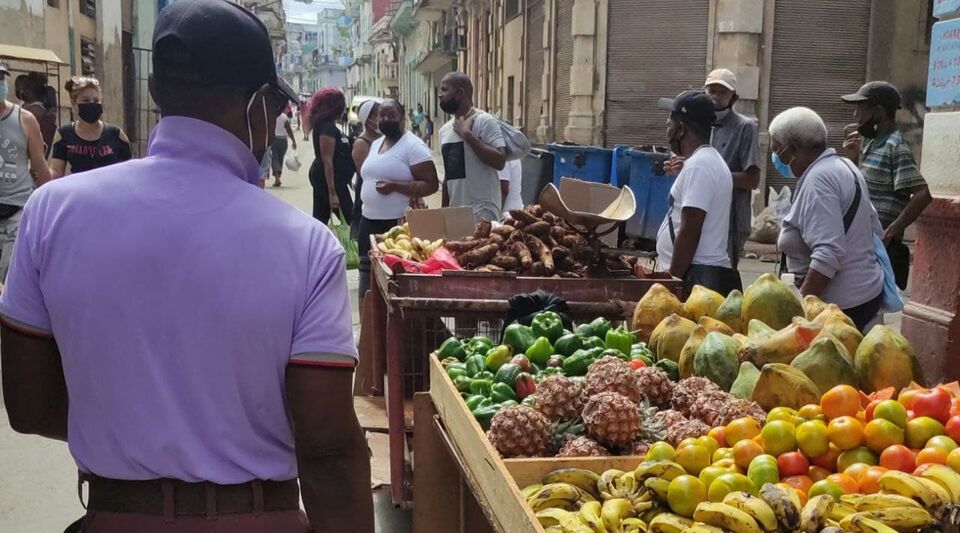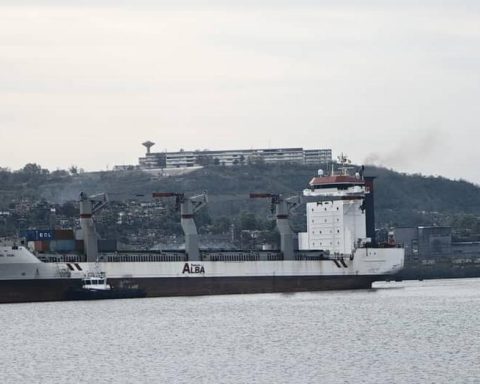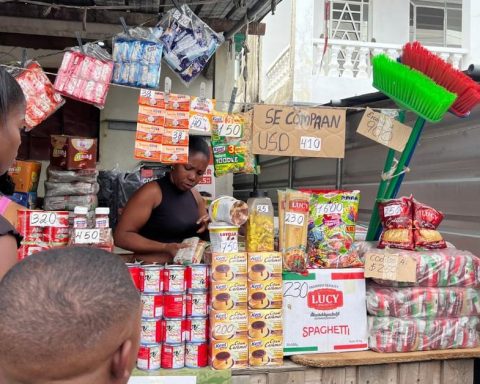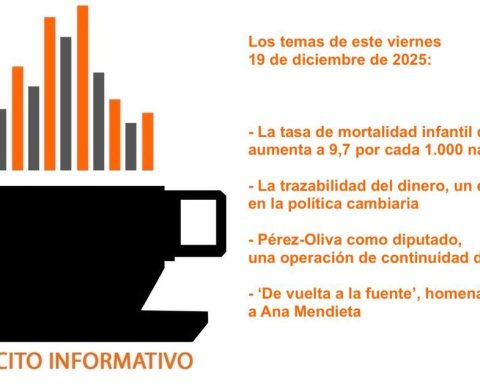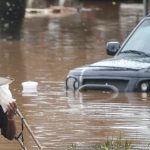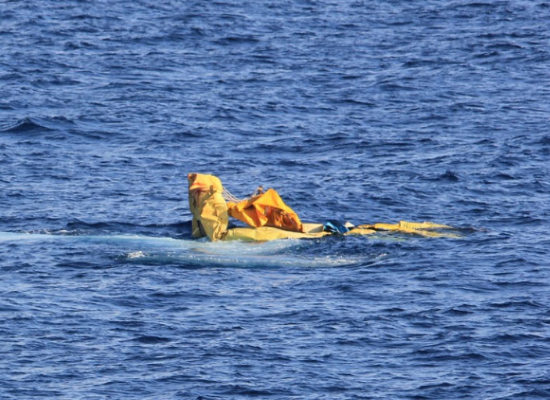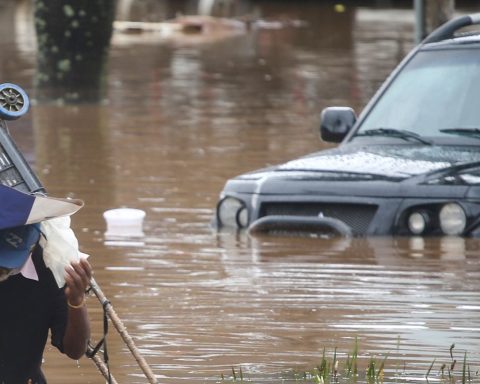The damage count continues after the passage of Hurricane Ian, which has finished off one of the most suffered sectors in Cuba, agriculture. To the well-known effects on the tobacco industry, the total balance was added yesterday: 21,259 hectares affected.
The main crops affected, apart from tobacco, are bananas and cassava, which add up to 8,875 affected hectares. Both products are widely consumed on the island and, in the specific case of cassava, its use in the manufacture of flour was spreading, given the shortage of wheat, mainly due to the effects of the war in Ukraine.
In the case of these two crops, the authorities have reported that what is usable for human use is being harvested and the rest is left for animals. The banana recovers better and, in fact, in Artemisa 5,600 hectares (73% of the total) were damaged, but 2,500 have been maintained, leaving the sons (sprouts) of the bush. However, what is not viable should be discarded. The case of cassava is more complex, only the seed can be preserved and planted again.
“We place great trust in our producers, because although they have had losses, they lack supplies and fuel, they are willing to work on recovering the damage”
The details were revealed this Wednesday on the Mesa Redonda television program, where the Deputy Minister of Agriculture, Maury Hechavarría Bermúdez, once again called for the will and dedication of the workers and mass organizations. “We place great trust in our producers, because although they have had losses, they lack supplies and fuel, they are willing to work to recover from the damage,” he said.
He did not explain how the provision will supply the materials they lack, although he did indicate that he has contacted the United Nations food cooperation agencies (FAO) to acquire supplies, seeds and roofs for the cultivation houses.
The provinces most affected in agriculture were Pinar del Río, Artemisa, Mayabeque and, somewhat less, Havana, which suffered more in trees. However, urban agriculture has also suffered, with 7,471 plots being damaged and the effect is serious.
The deputy minister indicated that 2,118 parcels have been recovered, but that these are short-cycle crops, including vegetables and condiments, which are “vital for the population.” In this case, it is planned to recover production, above all by resorting to vegetable seeds donated by agricultural research institutes.
The priority is to recover Chinese cabbage, lettuce, radish, chard, parsley and others, and the sowings in plots of cucumber, tomato, lettuce, okra, melon, carrot and pumpkin, among others.
The damage suffered by tobacco in Pinar del Río was spoken again, at length, but also about something little commented on to date. The province also stands out for being one of the largest producers of eggs, intended for the basket, and poultry production has not been spared from the onslaught.
Of 330 poultry houses, 133 have roof damage and 21 are completely flattened. In addition, the lack of light prevented the birds from feeding and drinking. As a consequence, 16,000 laying hens and 45,000 newly hatched chicks died. If the eggs were already lost, only the worst can be expected, even though the remaining birds are already cared for and the roofs of the buildings are being recovered.
As for meat, it is known that 176 bovine animals died, although it is unknown, however, how many deaths there were from pigs
As for meat, it is known that 176 bovine livestock animals died and there are 182 affected units, in addition to 259 ships, of which 37 have been recovered so far. It is unknown, however, how many deaths there were of pigs, a product that was already considered a delicacy due to its price and scarcity. It was indicated that the animals are fed and that of the 77 damaged ships, 10 were recovered.
Ian’s damage to agriculture threatens not only the stomach of Cubans and foreign exchange earnings, in the case of tobacco, but will be perceptible again in the macroeconomy. The latest data on the Gross Domestic Product, published by the National Office of Statistics and Information (Onei), reflect that the economic growth that the Island had after the brutal fall it suffered during the pandemic slowed down in the second quarter.
If in the fourth period of 2021 and the first of 2022 the year-on-year growth rate was 10.9%, this time it barely reached 1.7%. Agriculture is, in fact, one of the sectors that contributes the most to the negativity of the GDP (-7.4%), and accumulates six consecutive quarters of negative year-on-year variations, as well as industry and supplies (electricity, gas, Water).
The biggest drops in this second quarter were, however, the sugar industry (-43.8%) and fishing (-33.2%). However, they are more than cushioned by hotels (42.1%) and education (39.4%), which together with construction (19.6%) allow the GDP to still maintain a positive value. The third and fourth quarters, on the other hand, will foreseeably change the trend.
________________________
Collaborate with our work:
The team of 14ymedio is committed to doing serious journalism that reflects the reality of deep Cuba. Thank you for joining us on this long road. We invite you to continue supporting us, but this time becoming a member of our journal. Together we can continue transforming journalism in Cuba.
